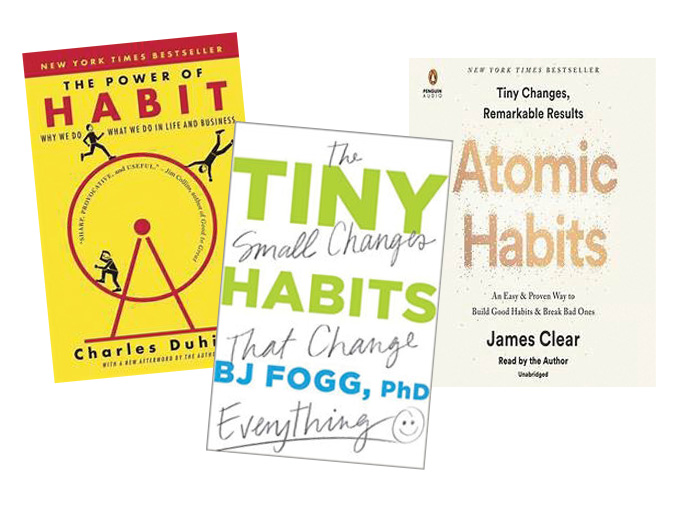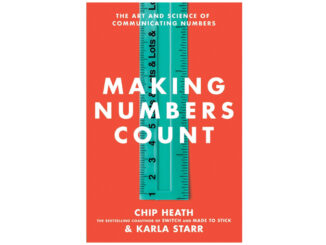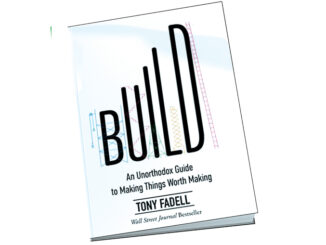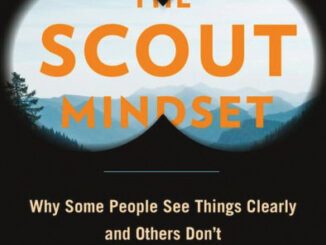Tiny Habits: The Small Changes That Change Everything by BJ Fogg, PhD, Houghton Mifflin Harcourt, 2020
Atomic Habits: An Easy and Proven Way to Build Good Habits and Break Bad Habits—Tiny Changes, Remarkable Results by James Clear, Avery, 2018
The Power of Habit: Why We Do What We Do in Life and in Business by Charles Duhigg, Random House, 2014 edition
Reviewed by Susan Fader, FaderFocus, New York Metro, susanfader@faderfocus.com
The requests for book recommendations that focus on changing behavior were frequent during online conferences that I’ve recently attended. Quite a few people have recommended James Clear’s Atomic Habits, or Charles Duhigg’s The Power of Habit. Because BJ Fogg’s Tiny Habits is a much newer book, I was not surprised that it was infrequently mentioned.
However, I was very surprised by the fact that very few of the people who were recommending Clear’s and Duhigg’s books were familiar with BJ Fogg. This was startling because Fogg is the founder and director of Stanford’s Behavior Design Lab. Fogg’s work as a behavior scientist and Behavior Design Lab’s research studies are at the forefront and frequently the source for many of the methods that other books on habits quote.
These three books take different approaches. Clear’s book is told through the lens of his time-consuming and challenging experience of needing to relearn basic coordination, concentration functions, and skills after he was seriously injured by a baseball hitting him in the face during high school. He focused on a routine of incorporating “good” habits, as opposed to trying to “break” bad habits. Based on this experience, he developed an approach of how to create positive change in behavior, which he shares in his book, Atomic Habits.
While Clear’s Atomic Habits focuses on individual development, Duhigg’s, The Power of Habit, is a two-for-one combination of a how-to for personal self-improvement, as well as a business development blueprint. The Power of Habit is a fast-paced and engaging tour de force overview of studies on behavior and how these academic findings on routine behavior can be successfully used by individuals and corporations. Duhigg is extremely skilled at taking complex research study findings and translating them into clear actions that can be taken. Throughout the book, he incorporates many interesting case studies, many of which I had not heard prior to reading his book.
Now to Fogg’s Tiny Habits, the mother lode of books on the interweaving of human behavior and habits. While Duhigg’s book addresses both individual and business situations, Fogg’s book goes even wider and deeper in these areas. Tiny Habits may not be a fast read, but it is most definitely worth the time and effort if you really want to understand human behavior and why incorporating Fogg’s “tiny habit” approach—which he presents in a “Fogg Behavior Model” framework—makes such a difference. The very detailed appendix alone is worth the price of the book. There, Fogg shares a multitude of very clear and helpful charts and diagrams of behavior change flow, as well as numerous lists to initiate change. For example, “Three Hundred Recipes for Tiny Habits” focuses on an amazing array of demographics, including people working from home (extremely helpful in this age of COVID-19).
A lot of writing on behavior change focuses on the need to just draw on willpower, but Fogg disagrees. He believes that the key to changing behavior is looking at the role of motivation differently. The Fogg Behavior Model states that behavior happens when three elements—ability, a prompt, and last of all, motivation—come together at the same moment. Fogg’s research has shown that if ability and a prompt are harmonious, then motivation can naturally be created. Fogg outlines the need to break down big change into specific, small behaviors and find where they naturally fit into the life cycle. The key—not surprising for a book called Tiny Habits—is starting small and having a clear prompt. One type of prompt that he calls the “Pearl Habit,” is where you harness something that annoys you and use this annoyance to lead to positive behavior. An example he shares is the barking dog next door. He suggests turning annoying barks into positive prompts to create a good beneficial habit, like taking three calming breaths. Fogg feels that negative emotions like shame and guilt are not effective drivers to change behavior. However, positive emotions such as kindness and flexibility will create change.
I read Duhigg’s and Clear’s books prior to Tiny Habits’ publication. I found both books to be interesting and insightful, but Tiny Habits delivered so much more in terms of understanding how to change behavior and in providing very detailed road maps on how to make that a reality.





Be the first to comment